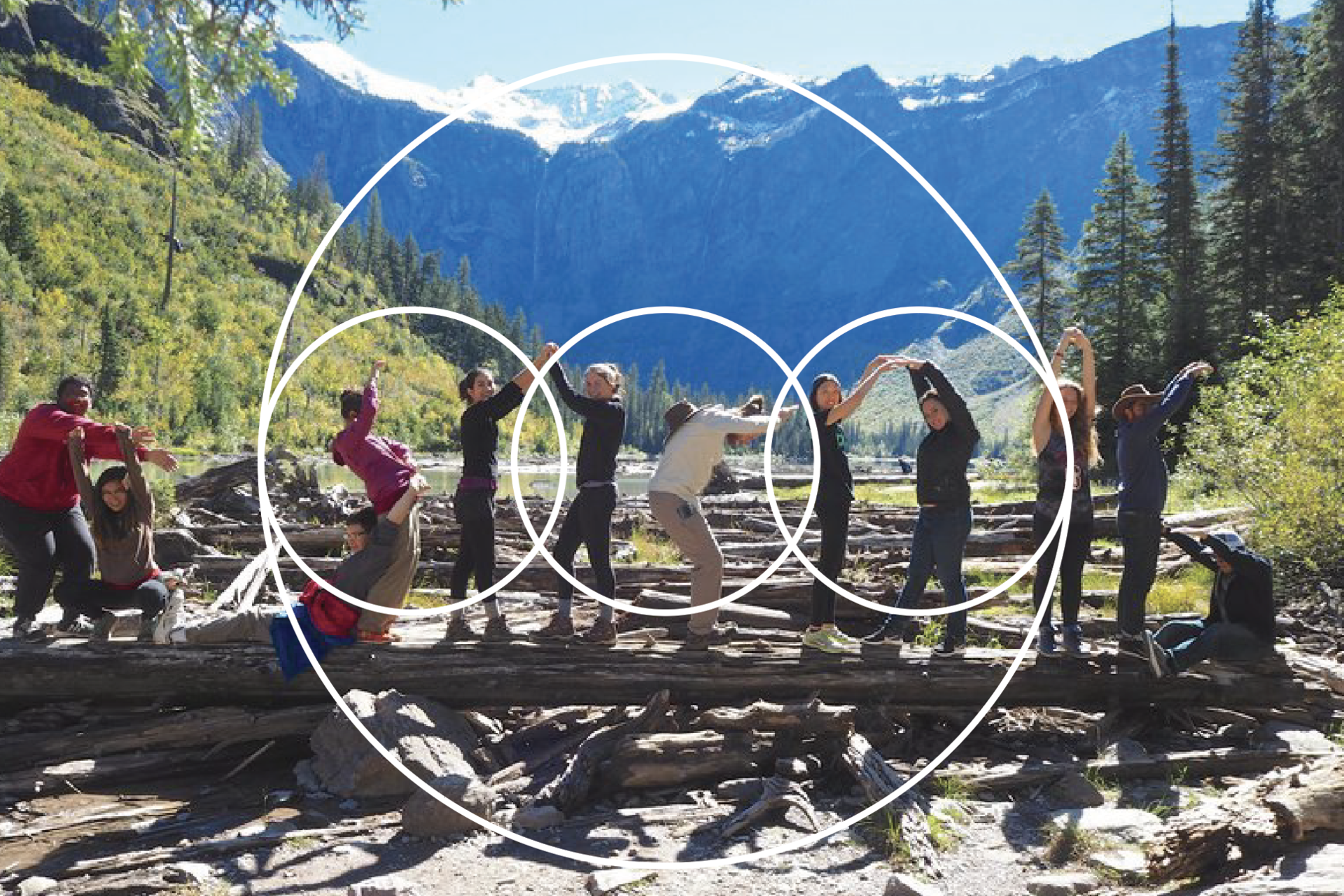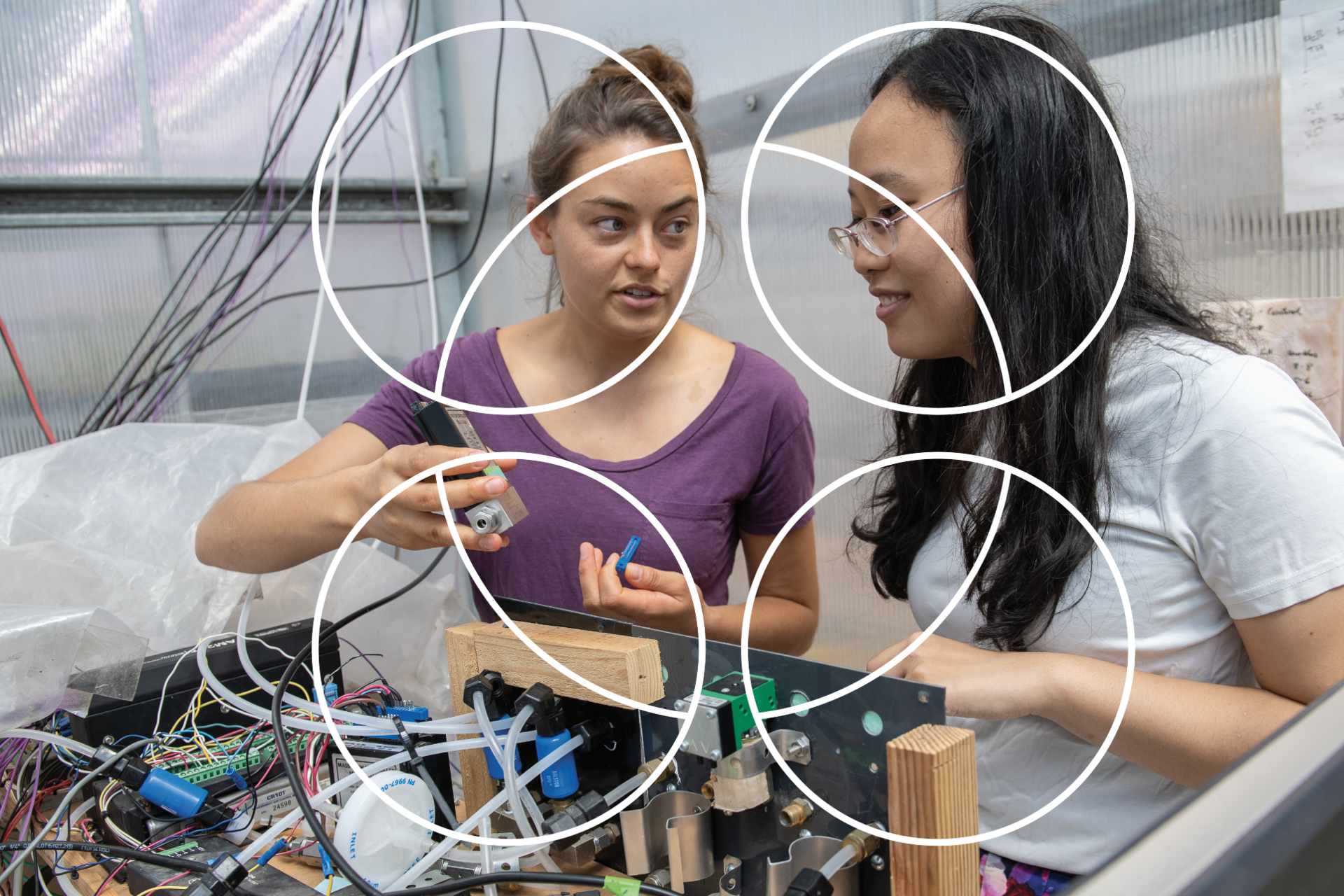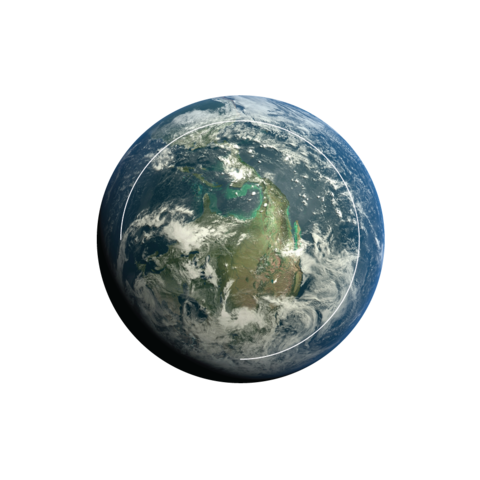Images capture science in action and nature's beauty
This year’s Stanford Doerr School of Sustainability photo contest highlights Earth’s beauty, challenges facing people and the planet, and action to advance global sustainability.
Our research
Transformative research by our scholars reveals insights into our world and drives ideas to impact.
Read about our research and impact Sign up for our monthly newsletter
To understand trade-offs for coastal communities along the Mesoamerican Reef, new research looks at watershed interventions regionally versus nationally.
Stanford scholars are exploring the connection between plastic and disease, rethinking how plastic could be reused, and uncovering new ways to break down waste.
The Stanford Forum on the Science of Energy Transition brought together scientific experts, technology innovators, and industry leaders to explore practical pathways to a decarbonized future.
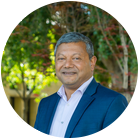
Arun Majumdar
Inaugural Dean, Stanford Doerr School of Sustainability
“Mother Earth is begging us to restore the atmosphere, the oceans, and our biodiversity. For our own sake. For the sake of our children and grandchildren.”
Learn about the school
Our distinctive three-part structure is designed to amplify global impact.
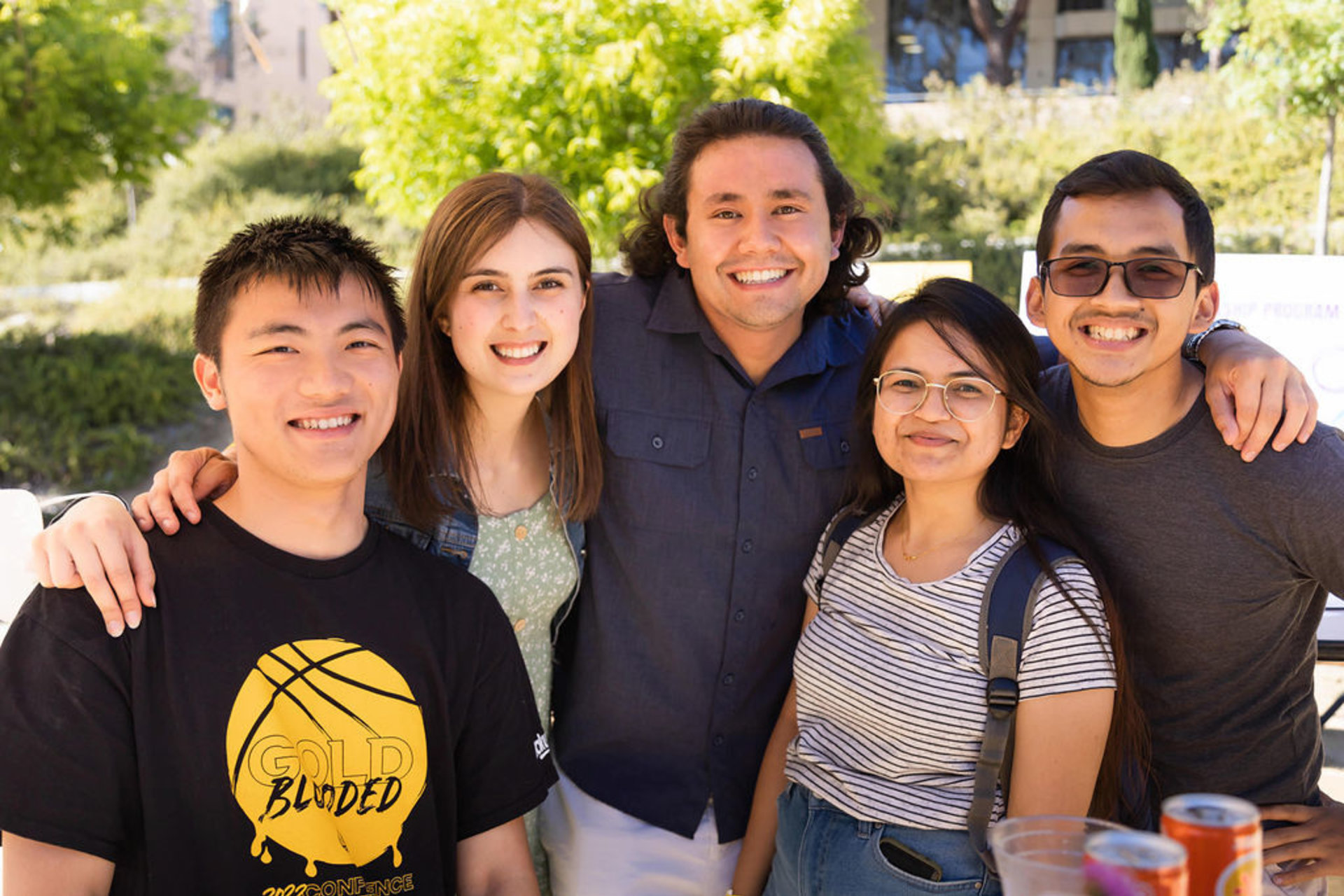
News about our people and programs
-
With a love of animals and a dedication to climate issues, Mitchell Zimmerman stewards the ecosystems across Stanford’s land for an impact that’s as widespread as it is personal.
-
Acacia Lynch is enthusiastic about farming, food systems, and inviting others into these efforts in the field and the classroom.
-
Channeling her passion for community building, Emily Blackwell connects groups across campus to improve sustainable practices at events and beyond.
Join us
There are many ways to join us in our commitment to cultivating deep knowledge and high-impact solutions to pressing planetary challenges.
Get involved
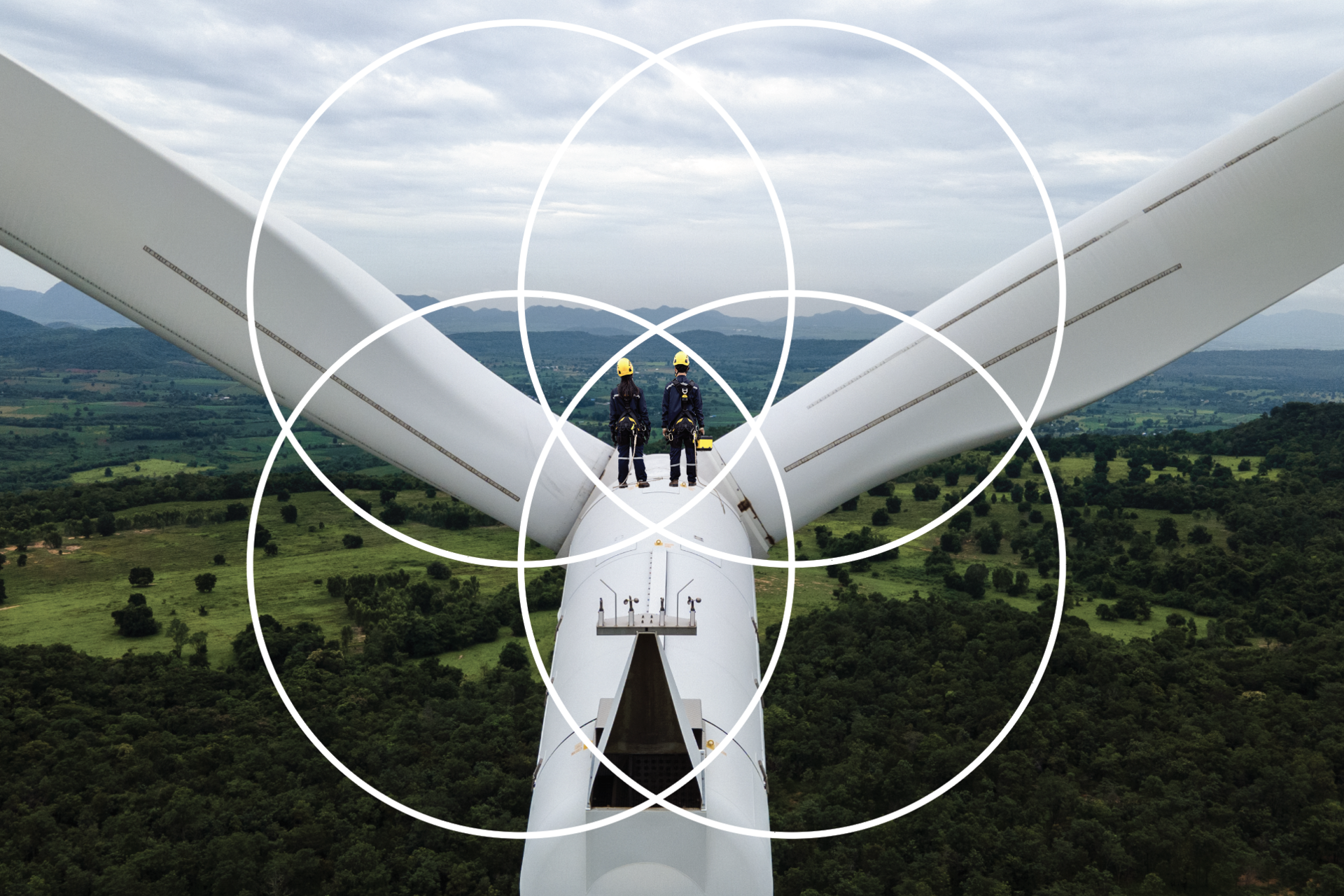
We offer many opportunities to join us in making a difference.
Upcoming events
-
Branner Library Monthly Book & Map Exhibit: Earth Day 2024 - Southern Cone Wildlands
ExhibitionMitchell Earth Sciences -
Branner Library Monthly Book & Map Exhibit: Earth Day 2024 - Southern Cone Wildlands
ExhibitionMitchell Earth Sciences
Earth. Climate. Society.
The Stanford Doerr School of Sustainability draws on a deep understanding of Earth, climate, and society to create knowledge and scalable solutions, in collaboration with partners worldwide. Together, we strive to create a future where humans and nature thrive in concert and in perpetuity through excellence in research, education, innovation, and service.








